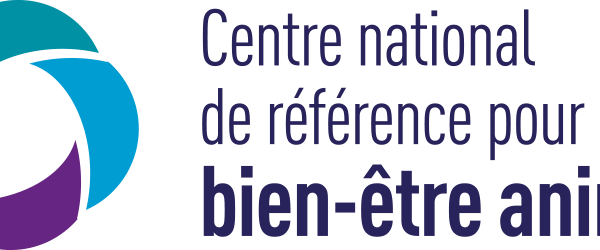Document type: Scientific article published in Animals
Authors: Laura Contalbrigo, Marta Borgi, Marta De Santis, Barbara Collacchi, Adele Tuozzi, Marica Toson, Veronica Redaelli, Rosangela Odore, Cristina Vercelli, Annalisa Stefani, Fabio Luzi, Emanuela Valle, Francesca Cirulli
Preview: Equine-assisted interventions (EAIs) are well-known complementary practices combining physical activity with emotional/cognitive stimulation. They are especially suited for children with autism spectrum disorders (ASD) who need a high degree of physical and psychological enrichment. Even though EAIs have become a common practice, stress responses in horses interacting with individuals that can manifest inappropriate behaviours, such as ASD children, have not been thoroughly investigated. Our multicentre study aimed to investigate behavioural and physiological indices of stress in horses involved in EAI standardised sessions with children with ASD compared to typically developing (TD) children. A controlled within-subject design with repeated measurements involving 19 horses and 38 children was adopted. Stress-related behaviours, heart rate, heart rate variability, and eye temperature were recorded during the riding sessions. Moreover, blood samples were collected from horses before and after each session to monitor changes in blood adrenocorticotropic hormone (ACTH), cortisol, and catecholamines. Results indicate that, in general, stress responses in horses involved in EAIs did not differ as a function of the horse being ridden by children with ASD or TD. A lower sympathetic tone in horses involved in ASD sessions was found, while in the mounting and dismounting phases, horses displayed behavioural signs of stress, independently from children's behaviour. We conclude that professionals working in EAI should increase their awareness of animal welfare and refine riding practices, taking into account horse's needs.




